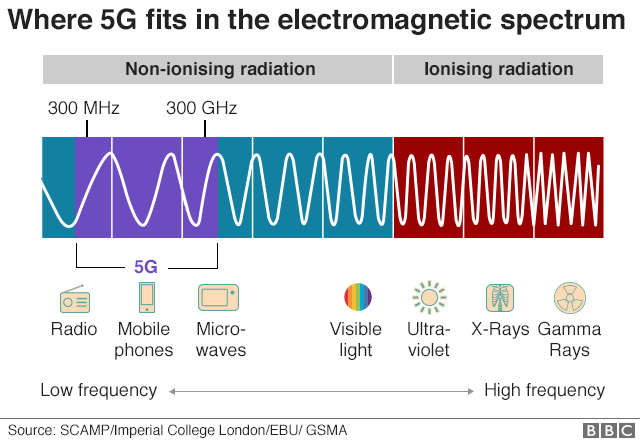The health effects of radiation from 5G are being debated. However, one study has suggested that there is a connection between radiofrequency radiation and the development of cancers in male rats. The study was classified before it was declassified at the end of 2012 by Central Intelligence Agency, but it has proven that radiofrequency may be a cause of cancer for animals which includes humans. Researchers were exposed to male rodents for 15 days and discovered that they developed similar types of cancers humans develop.
Health effects of radiation from 5G
Although the rapid growth of wireless communications has led to the development of 5G technologies however, there is a growing concern regarding the health risks of radiation from 5G. Although higher frequencies do not affect the body as much as older technologies, scientists have pointed to possible effects on the system and are calling for more research. To ensure that the population is safe, it is the European Commission is requesting independent studies to determine whether the technology poses any health risks.
It is crucial to remember that there's a substantial amount of misunderstanding about the health effects of 5G, and it is vital to clear any misconceptions that persist. Although 5G isn't yet widespread, there are many individuals who are being told it can cause health issues, most often through social networks where sensational words are used.
Beamforming technique
Beamforming is among the most crucial technologies used in five-G networks. It is a technique that makes use of several radiating elements to produce a narrow beam. The goal for beamforming is reduce the amount of unwanted radiation in the signal that results. This method is typically employed in wireless communication systems, and is essential for 5G's low-cost coverage.
This method works by electronically weighing the signals of each antenna. This results in a small beam of radiation that enhances coverage of cell phones indoors as well as at the cell's edges. This technique is important as poor coverage can lead to low user satisfaction. In addition to increasing the signal quality, beamforming helps reduce the amount of interference a user encounters from other devices.
Power density

The intensity of 5G radiation from cell towers will be comparable to previous generations of 4G and 3G systems. One reason behind the low power density is the sensitiveness of electronic components. The maximum radiation output for a 2G handset was about 2 Watts. 5g towers radiation of the 4G model was around 200 milliwatts.
The power density is the amount of electromagnetic energy that is absorbed by the body at a certain distance. The power density of 5g radiation is typically expressed in Watts per square metre. Unlike the SAR measurement it is an actual measure of the amount of electromagnetic energy in an area. The power density limits are different for wearables and mobile devices depending on their operating frequency and distance.
Specific absorption
The Specific Absorption Ratio (SAR) is a parameter which measures the speed at which a certain frequency deposits power into human tissues. In general, a SAR value is not more than two Watts per kilogram of body mass. This value is derived through the electrostatic field in tissues as well as the density of mass, measured by kilograms of mass per cubic meters. 5g radiation symptoms was recently used to determine the antenna design.
The latest radio technologies that comprise the 5G network operate in frequencies less than 6 GHz. These frequencies are referred to by the name millimeter wave. However, the FCC's SAR compliance protocol only applies to frequencies up to 6 GHz. Furthermore to this, the SAR test requires that measurements be performed using phantoms that contain tissue simulating media.
Skin health effects
At present, we are not aware of the effects of radiation from 5G to the skin. The current knowledge is limited because of the absence of in-vivo experiments and theoretical models. However, there is an urgent need to conduct more research on the effects of 5G radiofrequency radiation on the human skin. Utilizing 5G radio frequencies may cause damage to the skin specifically to the epidermis which is one of the most sensitive parts.
Contrary to 4G, 5G's radiation is one of the highest frequencies that has been found to cause heat to human tissues. The human body is dipolar, and the higher frequency of 5G radio waves will cause heat in the skin. Exposure to 5G radio frequencies may also affect other organs in the body, like the brain.
